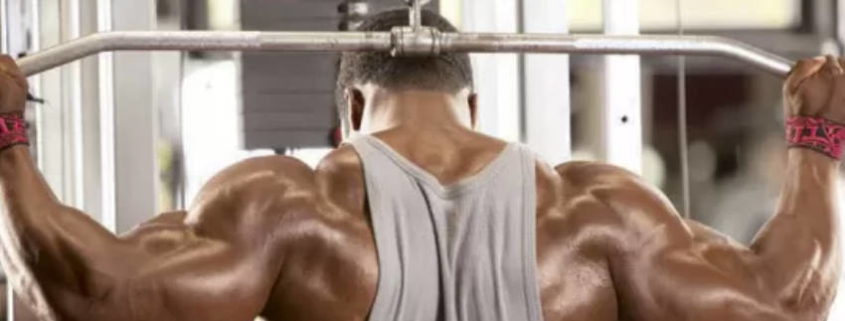Lat pulldowns- Proper technique and how to avoid Injury
Lat pulldowns are a popular gym exercise for strengthening the upper back, shoulders, biceps and forearms and is without a doubt the most frequently misused piece of equipment in the gym.
This week I saw a prime example of what not to do with Lat pulldowns. An over enthusiastic man in his late thirties holding the bar with an extra wide grip yanking the bar down quickly behind his head which forced his neck forward and bent his whole spine into a unnatural bent forward position.
Here is some guidance on how to avoid making mistakes which may result in injury and help you achieve your fitness goals.
Exercisers should grasp the bar with palms facing away from you (pronated) and with a grip at or about shoulder width apart or where comfortable with the hands evenly spaced on the bar. If you are experiencing rotator cuff issues (a group of four muscles that provide shoulder stability) or shoulder pain, switch the handle attachment so your palms face each other giving you better leverage and an even closer grip which can sometimes alleviate the shoulder strain. Lat pulldown bars are long with curve at each end giving people incorrect notions about how far apart their hands should be. Gripping the bar wider compromises the ability of the body to work as a unit and increases the potential for shoulder injuries.
Exercisers should lean back slightly and pull the bar to the upper chest or sternum. This will allow the head to be moved away from the cable and bar and reduce the need to turn the head to the side especially with heavy resistances and help reduce neck strain and injury. Leaning back slightly will also ensure that the bar is not pulldown too far which is another common mistake.
An additional mistake exercisers make is pulling the bar behind their head, which places a lot of stress on the rotator cuff and can compress joints and nerves in your upper spine and lead to upper back and neck pain. The rotator cuff is put under great strain when pulling the bar down behind their head and even more strain when they lean forward as they perform this motion. Climbing or pulling the bar to the front of the head is an efficient, natural movement which is akin to climbing a rock face or a tree but reaching behind the head and lifting under load is likely to compromise the shoulder.
Returning the bar to the start position (eccentric phase) should be performed in a slow controlled fashion and you should not let the bar go so high that it pulls you out of the seat of the machine. Maintaining shoulder blade retraction during this phase can help reduce the risk of strain from potential traction in the shoulder socket.
If you have injury concerns please consult with your local osteopath who can aid with sports injury related diagnosis, treatment and rehabilitation.
View a list of common complains that Osteopathy can assist with
Discovery the benefits of Osteopathy
- What is Osteopathy?
- Adult health issues
- Babies and Children
- During and after pregnancy
- Common Complaints
- Testimonials
- Sports Injuries
- Genral Osteopathy FAQs
- The Science & Reasearch



